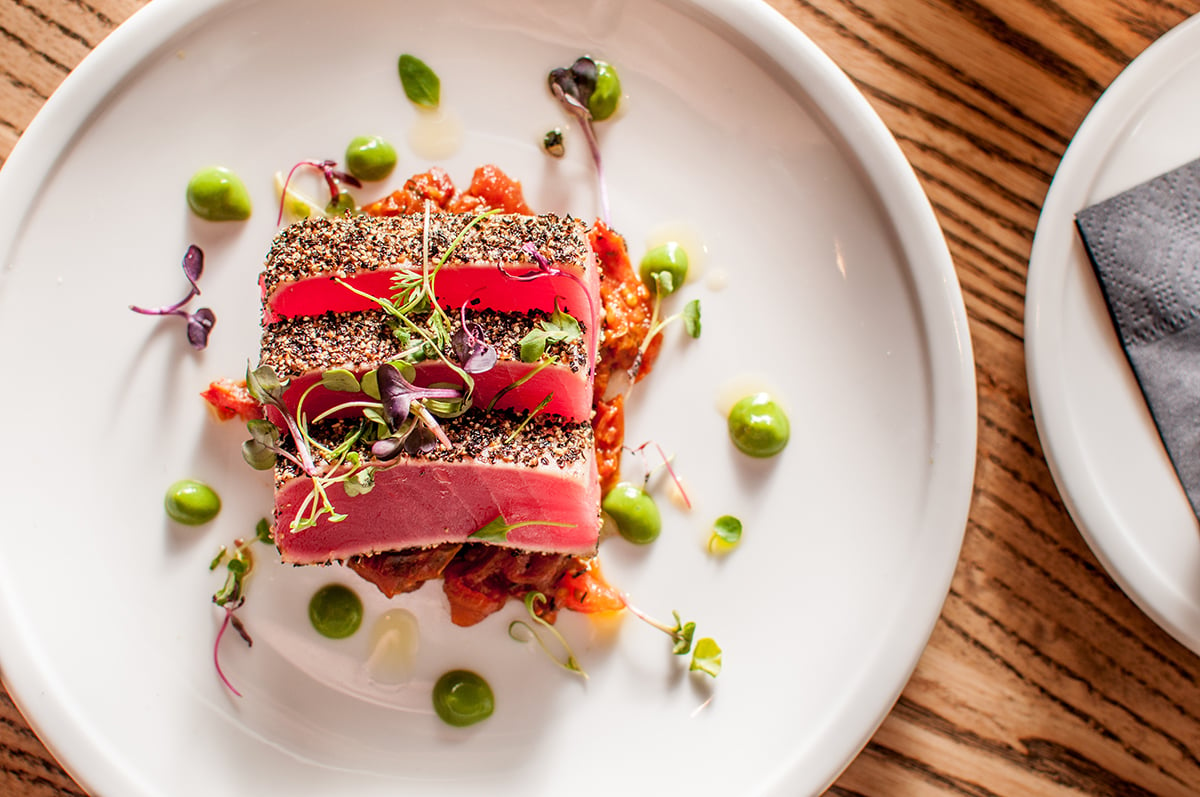
Reviewed and Updated: Jul 22, 2024
11 min read
Fish. it's what's for dinner! : A slogan that we love to hear. After all, fish is rich in protein, good cholesterol and often Omega-3 fatty acids. But there is some guidance on which fish you should and shouldn't eat.
Fortunately, there are plenty of healthy fish to eat out there! Here is a helpful guide to help you understand what fish you should and should not include in your diet.
Why Avoid Certain Fish?
When considering nutrient density, overfishing, and the presence of substances like mercury, experts recommend against eating certain fish.
When possible, looking into the source of your fish is a great practice. Farmed fish, though sustainable, can be bred in less than ideal conditions raising other concerns.
While there are no hard cutoffs or guidelines, we took the available health and sustainability data to put together this list of 10 healthy fish to eat and 5 you might want to avoid.
10 Healthy Fish to Eat
As of this writing, there are still plenty of fish you can eat with a good conscience! Filter these fish into your meal plan to improve your diet.
1. Wild-Caught Salmon
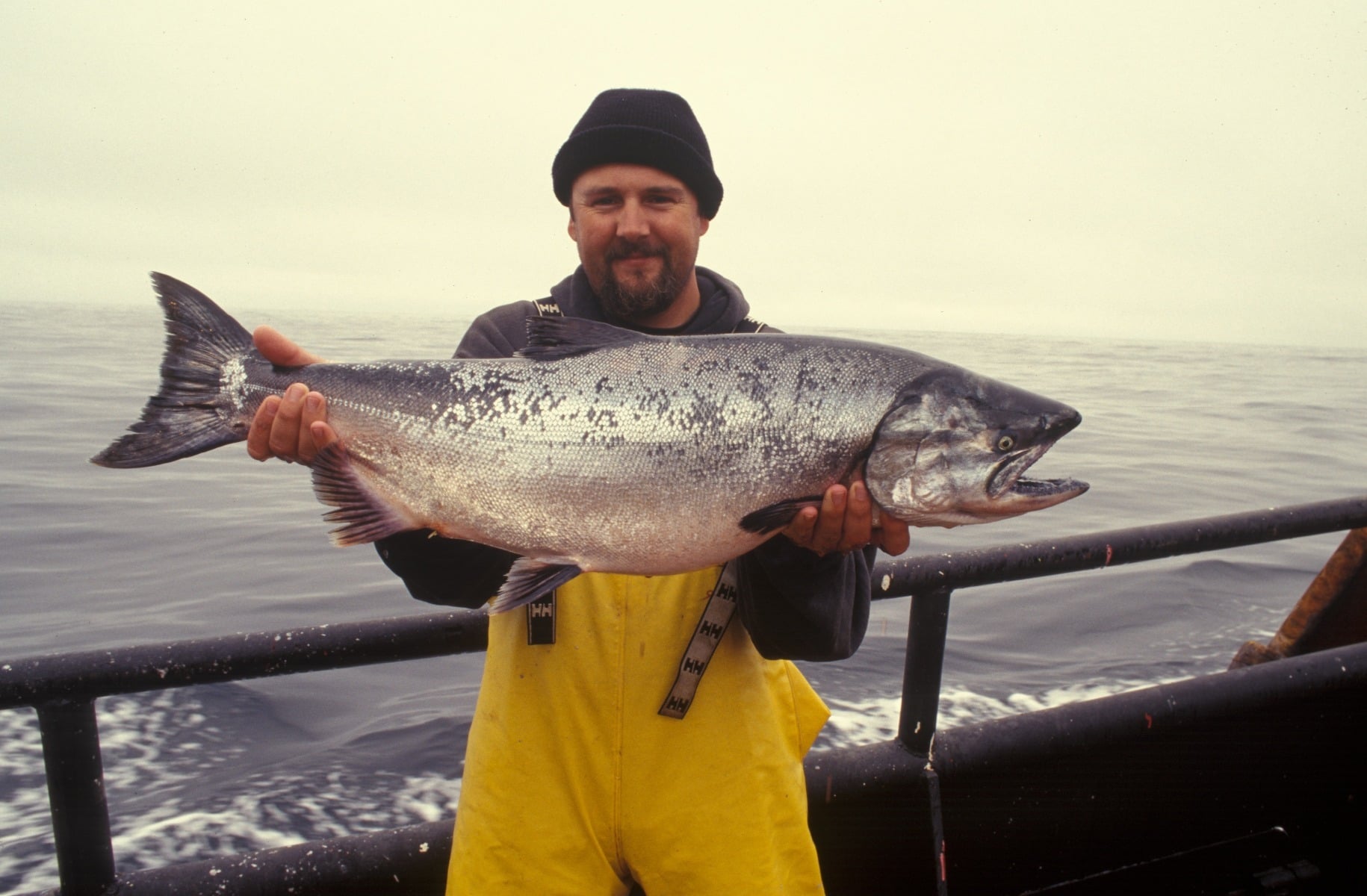
Wild Alaskan salmon is especially good if you can find it, as it is sustainably harvested and good for you! Salmon provides omega-3 fats, which are a type of healthy fat that is good for your heart.
When buying farm-raised salmon, look into the source when possible. Better farming operations are conducted more sustainably, allow the salmon more room, and feed them better diets, while the opposite is true for less-reputable farming operations. Additionally, be aware that farmed salmon may have a little more Omega-6 compared to Omega-3. Omega 6 is a fatty acid that promotes inflammation rather than providing the positive benefits of Omega-3.
TwoXSea and similar brands offer great, responsibly sourced salmon.
Best yet, salmon is extremely versatile. It makes for great sushi, blackened fish, and is delicious cold-smoked on a bagel.
2. Arctic Char
Just like salmon, arctic char is full of omega-3 and other important nutrients. It also has a very similar flavor and appearance to salmon, making it a great alternative if you can't find wild-caught salmon near you.
Unlike many farmed salmon, arctic char is farmed in a safe and healthy manner that keeps the fish from getting sick. There's no need to worry about environmental issues when it comes to these fish since they are farmed sustainably without any harm to the fish!
3. Atlantic Mackerel

Atlantic mackerel is another fish high in omega-3 fatty acids and is also a fantastic source of protein. This particular species of fish is also fast-growing and can rebuild its population quickly, making it great for sustainability.
The fishing gear used to harvest these mackerel has very little effect on the environment around it as well, so fishing these guys from the sea is eco-friendly for more than just the fish population.
Our favorite way to have mackerel is simply grilled with a bit of salt and a squeeze of lemon.
[Read: Omega-3 Deficiency Symptoms and How to Make Sure You're Getting Enough]
4. Sardines (wild-caught from the Pacific)

Sardines are great for a snack or for a meal due to being one of the few foods naturally high in calcium, vitamin D and Omega-3, essential nutrients for heart and bone health.
They reproduce very quickly and their population in the pacific has rebounded from previous overfishing.
Can’t think of a way to enjoy your sardines? Check out this list of 14 sardine recipes!
5. Rainbow Trout
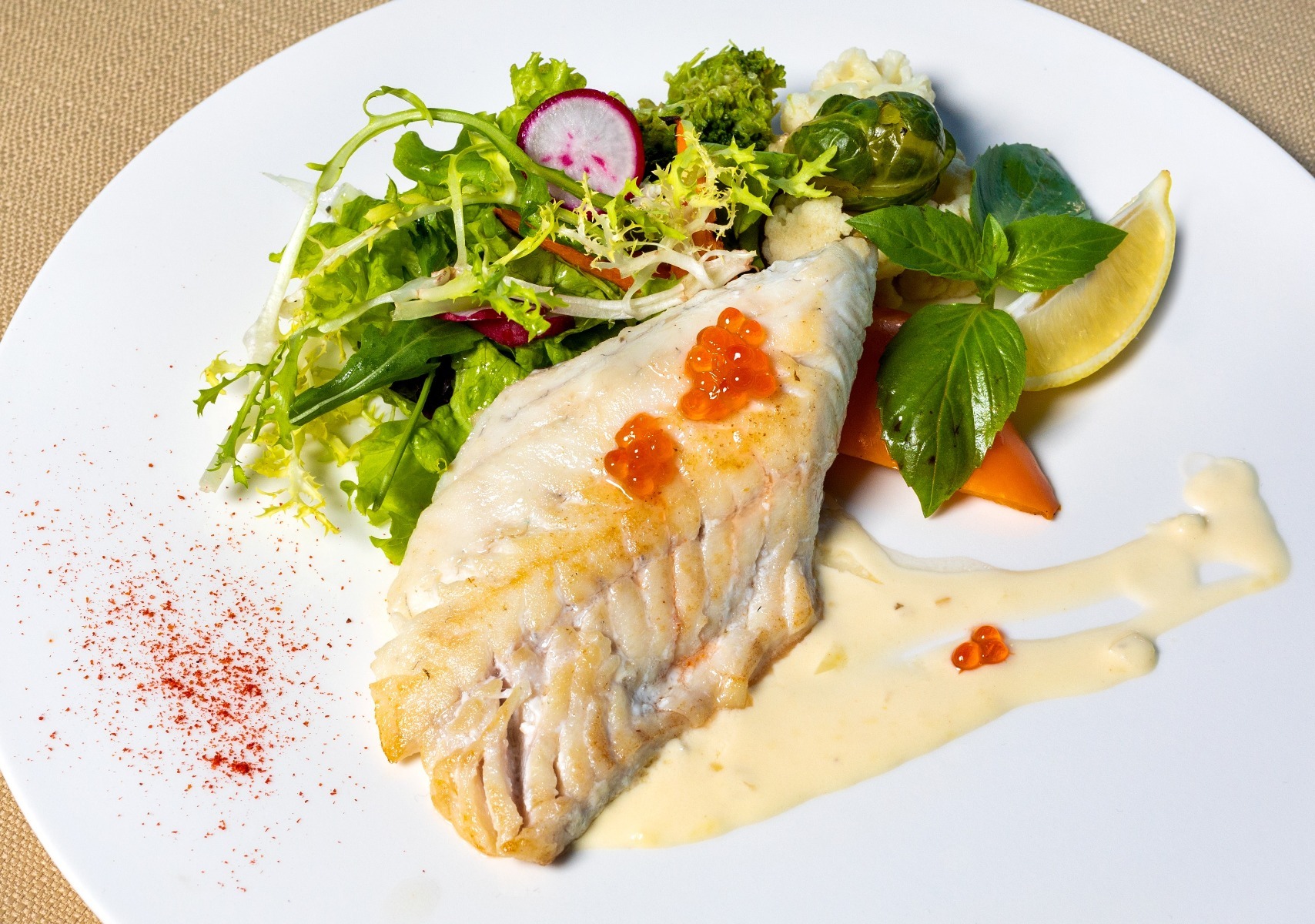
Also known as steelhead trout, not only is this fish low in calories, but it is high in proteins and omega-3 fatty acids, making it a great alternative for people watching their calories. It is also packed with tons of nutrients, including vitamin B6, vitamin B12, iron, potassium and selenium.
Trout farmed in the US and in indoor circulating tanks is preferable, while those caught in Lake Superior’s Minnesota waters should be avoided.
As for preparation, trout is perhaps most famous for trout en papillote. You can make this with a whole trout for an easy to prepare yet satisfying, family dinner. The author of this recipe, Kerry Saretsky, describes unwrapping the trout as something like Christmas and we agree!
6. Pacific Cod

This flaky white fish may be lower in omega-3 fats than the other fish, but what it lacks in healthy fat it makes up for by having a high nutrient content consisting of niacin, phosphorus, B12 and lots of protein.
While cod is most famous as the main ingredient in fried fish and chips, you can try baking or grilling it and having it with roasted potatoes as in the picture above. Miso-marinated cod has also quickly become one of the most popular dishes in restaurants today.
See below, why we recommend against Atlantic Cod.
7. Tuna (with some exceptions)
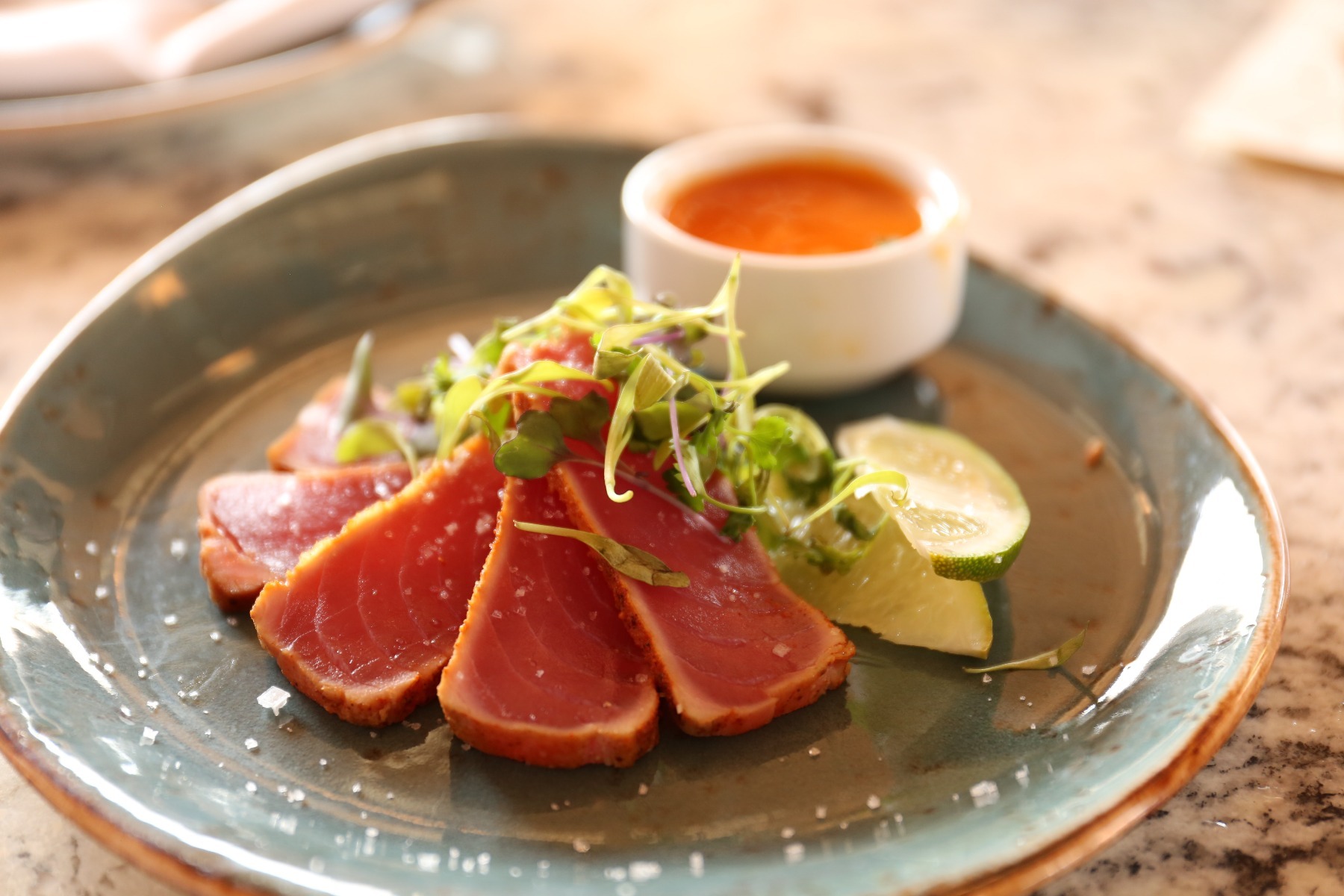
Tuna is another great tasting lean fish. Whether you choose to buy your tuna fresh or from a can, you're guaranteed to get plenty of benefits from this large ocean fish! It’s easy to see why it’s a staple ingredient across the globe as it is a rich source of protein, Omega-3, B vitamins, selenium, and vitamin D.
As it’s higher on the food chain, some tuna has a little more mercury than your other options. However, troll or pole-caught albacore tuna, typically weighing less than 20 pounds, have much less mercury and thus get a super green rating.
When buying canned tuna, your best bet is to go with “chunk light” which is made with skipjack rather than Albacore. Skipjack is abundant so sustainability isn’t a concern. When buying fresh tuna, look for a piece that is fresh and smells of the ocean.
You can make tuna tacos, tuna salad, tuna sushi; the possibilities are endless!
8. Bass
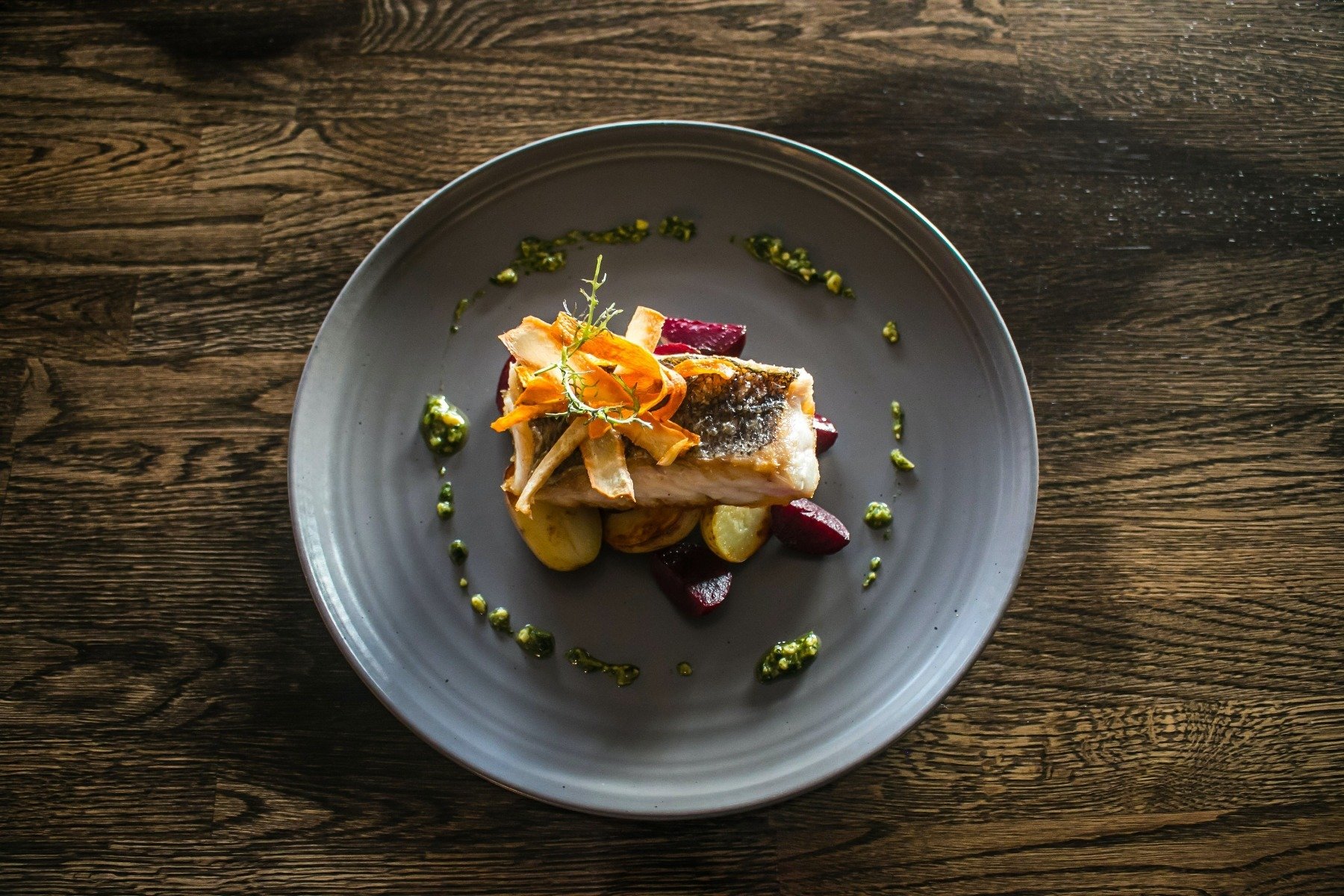
While the bass is a very general term including many different species of both freshwater and saltwater fish, they are a great fish to mix into your meal plan! As another great source of protein and omega-3 fatty acids.
Farmed (except from Turkish origin) or wild-caught striped bass are considered a great choice for your next fish dinner as they are flaky, have a nice clean flavor, and are sustainably sourced. One to avoid is the Chilean sea bass. They live for quite some time and don’t begin reproducing until the relatively old age of ten years old. Additionally, they live near the bottom of the ocean, so fishing for them can damage sea floors.
For a light, yet satisfying preparation, check out Cooking Light's recipe for a Sauteed Striped Bass with Lemon Herb Sauce here.
9. Halibut
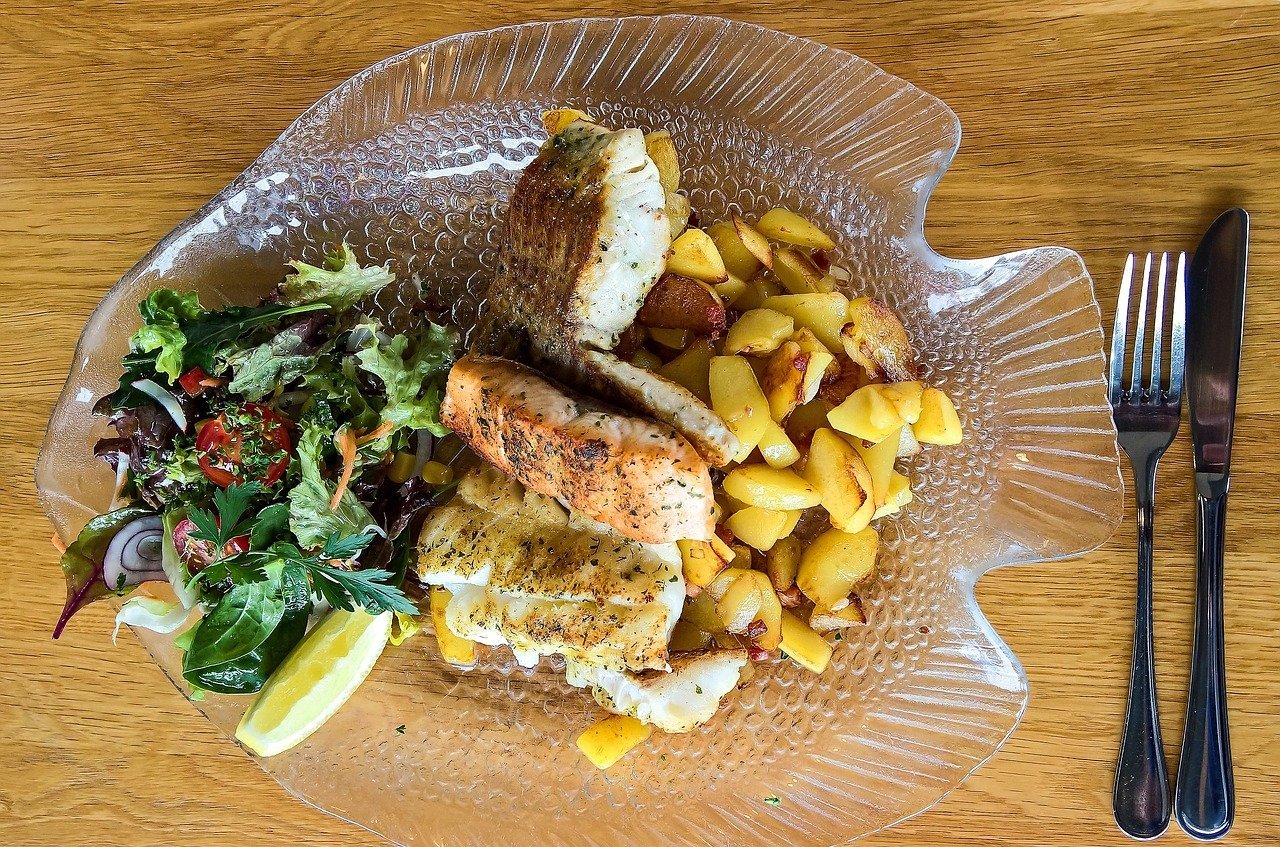
Halibut has a subtle, sweet flavor, firm texture and is packed with omega-3 fatty acids, niacin, selenium, and magnesium. It’s no wonder why it’s on the menus of the world’s best restaurants. Despite their large size of 500 pounds, they’re relatively low in mercury, so halibut is tasty, nutritious, and safe to eat.
When you’re at the supermarket, check the source of your halibut when possible. Pacific halibut has been certified sustainable by the Marine Stewardship Council, while Atlantic halibut populations have largely been depleted from overfishing.
This Mediterranean wine and lemon poached halibut recipe is healthy and packed with flavor.
10. Tilapia
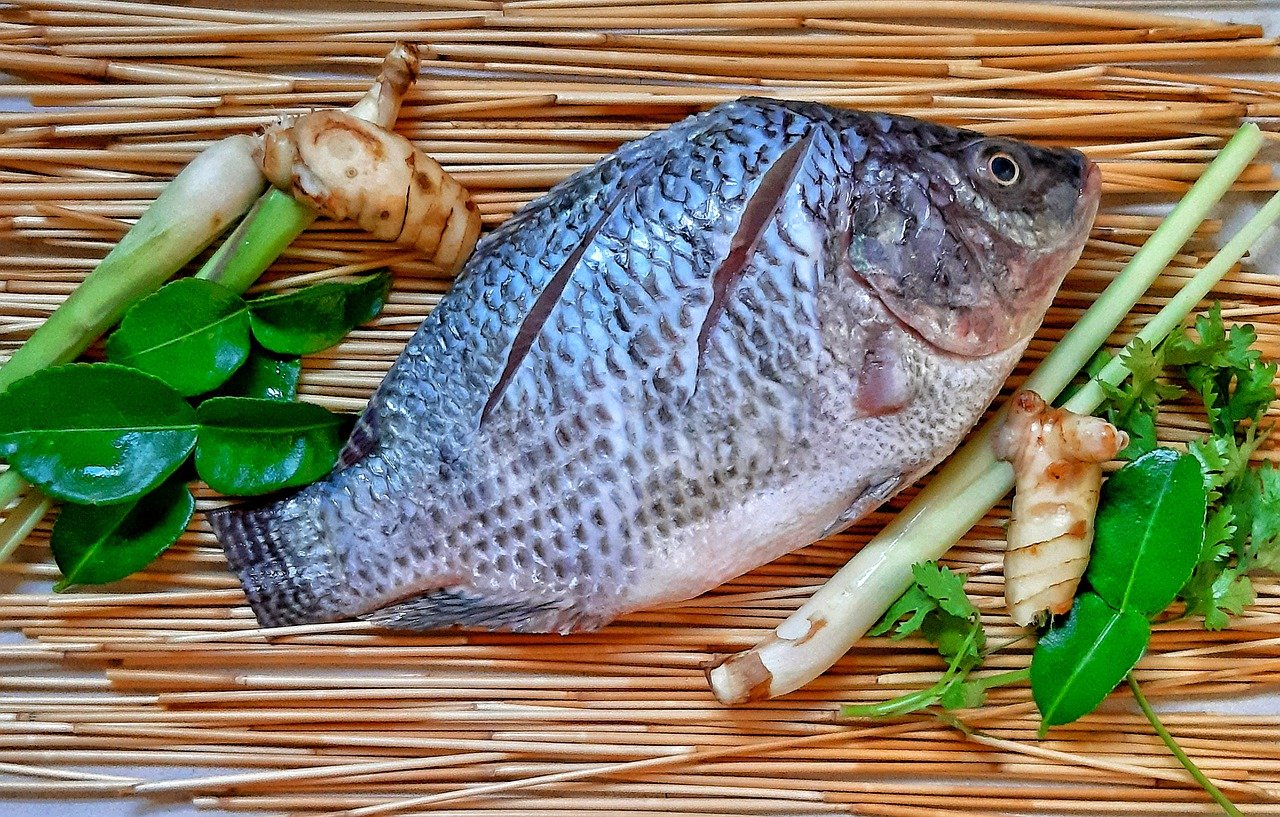
If you're searching for a less expensive type of fish that is still tasty, then tilapia is for you! This white fish has a neutral flavor making it great for nearly any flavor profile or cooking method and best of all is packed with protein, selenium, vitamin B12, niacin, and potassium. However, among the fish on this list, it has lowest Omega-3 content with some variation depending on their diet.
Tilapia is extremely popular so there are many things to consider. The Aquaculture Stewardship Council, Global Sustainable Seafood Initiative (GSSI) provide third party certifications to responsible and sustainable farming operations, and The Monterey Bay Aquarium Seafood Watch has recommendations to help you choose the best tilapia, since the majority of tilapia available to consumers is from farmed sources.
One of the tastiest ways to have tilapia is steamed whole with scallions, ginger, and soy sauce.
5 Fish You Should Avoid Eating
Now that you know what fish are great to eat, it's time to consider what you shouldn't consume. Here are a few types of fish that you should avoid.
1. Tilefish
This lean white-fish that is served up in many restaurants is filled with dangerous levels of mercury. It has also been shown that tilefish are full of PBCs and other chemicals making it unsafe to consume.
2. Swordfish
Swordfish, like many other large species of fish, is high in mercury. Eating too much of this type of fish can be dangerous to your brain development and can cause other serious harm to your body.
3.Shark
Regardless of what type of shark you're planning on eating, it's likely that the meat you've found is high in mercury. The levels are high enough that eating it is a serious risk.
More than that, overfishing sharks can cause massive threats to the oceanic ecosystem. Removing too many predators from the water can cause species of jellyfish and rays to skyrocket, which will start consuming scallops and other fish to higher degrees. This will continue to affect the food chain further down, leading to potential extinctions, overpopulation of certain breeds of fish, and even changes in the undercurrents of the ocean.
Because of the risks, it is illegal to fish for and consume shark in many locations. Even if it is legal where you are, try to avoid eating shark or shark fin soup.
4. Orange Roughy
Orange roughy is not only high in mercury, but it has been overfished to near extinction. This is in part due to the lifespan of the fish; they live for a long time and rarely lay their eggs, meaning that they can't repopulate at a fast enough rate.
The manner in which they are harvested is also unsustainable. If you do see orange roughy for sale, even if you are assured that it was caught with sustainable means, it's better to avoid it.
5. Atlantic Cod
Atlantic cod is loved by many, which makes it hard to see on a list of fish you should avoid. However, this species has been so heavily sought after that they are just a step above the endangered species list. We need to give this species a break so that they can repopulate.
For people who absolutely don't want to give up cod, don't worry; Pacific cod is a great, healthy alternative you can switch to so that cod doesn't have to be off the menu!
How Much Fish Should You Eat?
According to the FDA, adults should eat about 2 to 3 servings a week which equals about 8 to 12 ounces of fish. This serving size is recommended in order to get the nutritional benefits of being a good source of high-quality protein, omega-3, minerals, and vitamins.
Potential Risks
While fish have numerous health benefits, some have concerns about exposure to the chemicals that accumulate in fish from the food and water they consume. These might include mercury, dioxins, and polychlorinated biphenyls (PCBs).
In high concentrations, these chemicals can have an effect on your nervous system and may even cause cancer, reproductive issues, and development issues in children and unborn babies. However, the risk of being exposed to harmful levels of these chemicals is low and similar to meat consumption.
Fish with Highest Mercury Levels
Note: ( high mercury levels typically defined as more than 0.3 parts per million)
- King Mackerel
- Marlin
- Orange Roughy
- Shark
- Swordfish
- Tilefish
- Bigeye Tuna
Should Pregnant Women Eat Fish?
Pregnant women should eat cooked fish as the nutritional benefits can be beneficial to their child’s growth and development, however, they should avoid eating raw fish like sushi. Other names of dishes to watch out for are carpaccio or tartare.
It is recommended to avoid raw fish due to the potential microbes that might be in it and altogether avoid fish that are high in mercury.
Bottom Line
There are plenty of healthy fish to eat recipes you can experiment with. Remember to do your research while trying new types of fish to make sure they are sustainably sourced and healthy for you. Follow our blog for more healthy lifestyle tips. When fish isn't on the menu, check out the products below, to see if they're the right answer for when you want some of the nutritional benefits in a more convenient form.
Have a favorite healthy fish that didn't make the list? Comment below!
Also, tell us your favorite way to prepare any of the fish on this list!
© 2024 Best in Nature All rights reserved






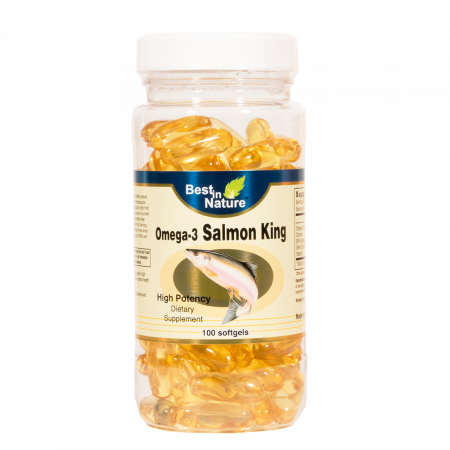
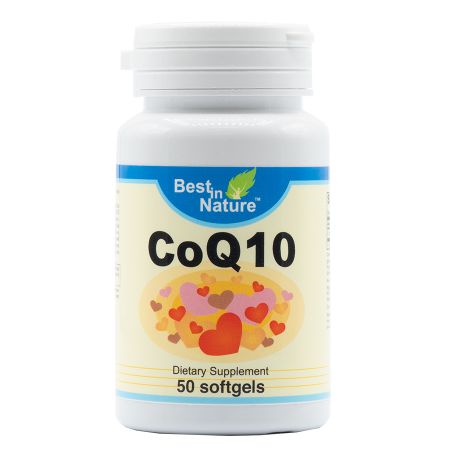
Validate your login
Sign In
Create New Account